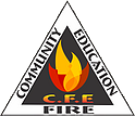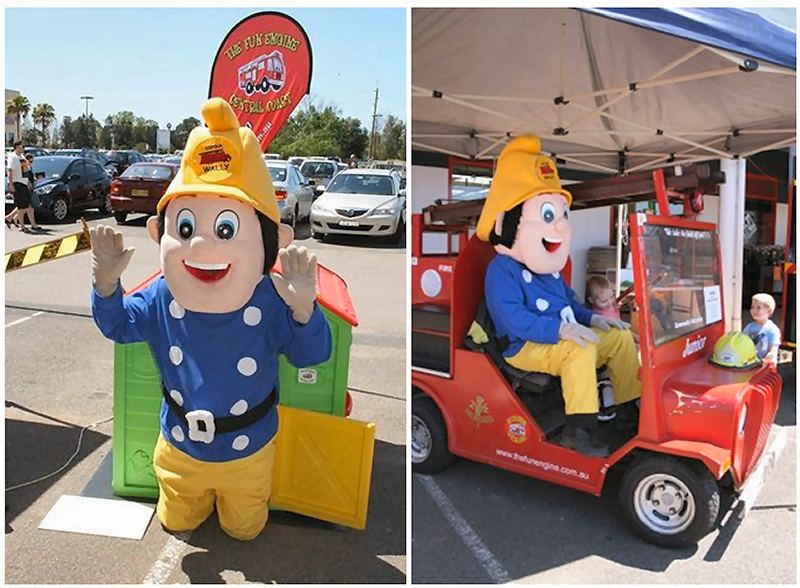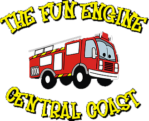
Community fire education is a Central Coast not for profit education facility that aims to provide safety programs and awareness to the local community.
Education is the main objective for Community Fire Education.
The main purpose is to develop a greater awareness of community safety, by minimising the impact of hazards and emergency incidents on the people, environment and economy of the Central Coast. Community Fire Education wants to ensure that the local community understands how to respond to rescues, fires, hazardous materials incidents, floods, storms and all disaster activities across the Central Coast. We aim to work with other government agencies to minimise the impact of bush fires, storms, floods, landslides, building collapses, motor vehicle accidents and other emergencies.
We also run prevention and preparedness programs to prevent these emergencies and reduce their impact on the community.
Community Fire Education aims to run educational workshops throughout the community.
Child Safety in and around the Home – aimed at community groups
Child safety Issues – aimed at vocational students
Community Fire Education recommends a risk management approach to address potential safety hazards.
This approach follows the risk management process as outlined in AS/NZS ISO 31000 Risk management, which recommends the following steps:
STEP 1: COMMUNICATION AND CONSULTATION
Successful assessment of risk depends on effective communication and consultation with stakeholders including:
- Identifying or assessing hazards or risks.
- Making decisions on how to control risks.
- Making decisions about procedures.
STEP 2: ESTABLISHING THE CONTEXT
Identify the external and internal risk management issues and establish a context within which risks are to be managed.
STEP 3: RISK IDENTIFICATION
The Standard recommends a systematic approach and use of a structured process to help identify
any risk. Initially it is useful to ask the following questions in relation to a potential hazard:
What can happen, where and when ?
Generate a comprehensive list of potential sources of risk.
Why and how can it happen? Consider possible causes and scenarios.
STEP 4: RISK ANALYSIS
This will help you decide the best approach for dealing with the risk/s
Evaluate the controls that are already in place, and consider their effectiveness.
Examine each risk in terms of ‘consequence’ (what could happen) and ‘likelihood’ (the probability of something happening). This will help when making the decision about treating the risk/s.
STEP 5: RISK EVALUATION
Use the information in step 4 to make a decision about rating each of the risk/s. The matrices on the following page can assist with this process. The risk rating can determine the appropriate action.
Different risks require different levels of action.
STEP 6: RISK TREATMENT
There are a range of options for treating risks:
Identify the options for treatment. These may include:
removing or avoiding the risk entirely where practicable
reducing the likelihood of the risk by putting control measures in place, for example, installing a barrier or relying on close supervision and keeping children within reach
STEP 7: MONITOR AND REVIEW
Ongoing monitoring and review is essential.
Regularly review the effectiveness of the risk treatment to ensure it is the most appropriate action


In conclusion, Community Fire Education is seeking to develop further fire safety workshops for children using the existing fun engine and Captain Wally, the fireman character that delivers these important safety messages to children.

